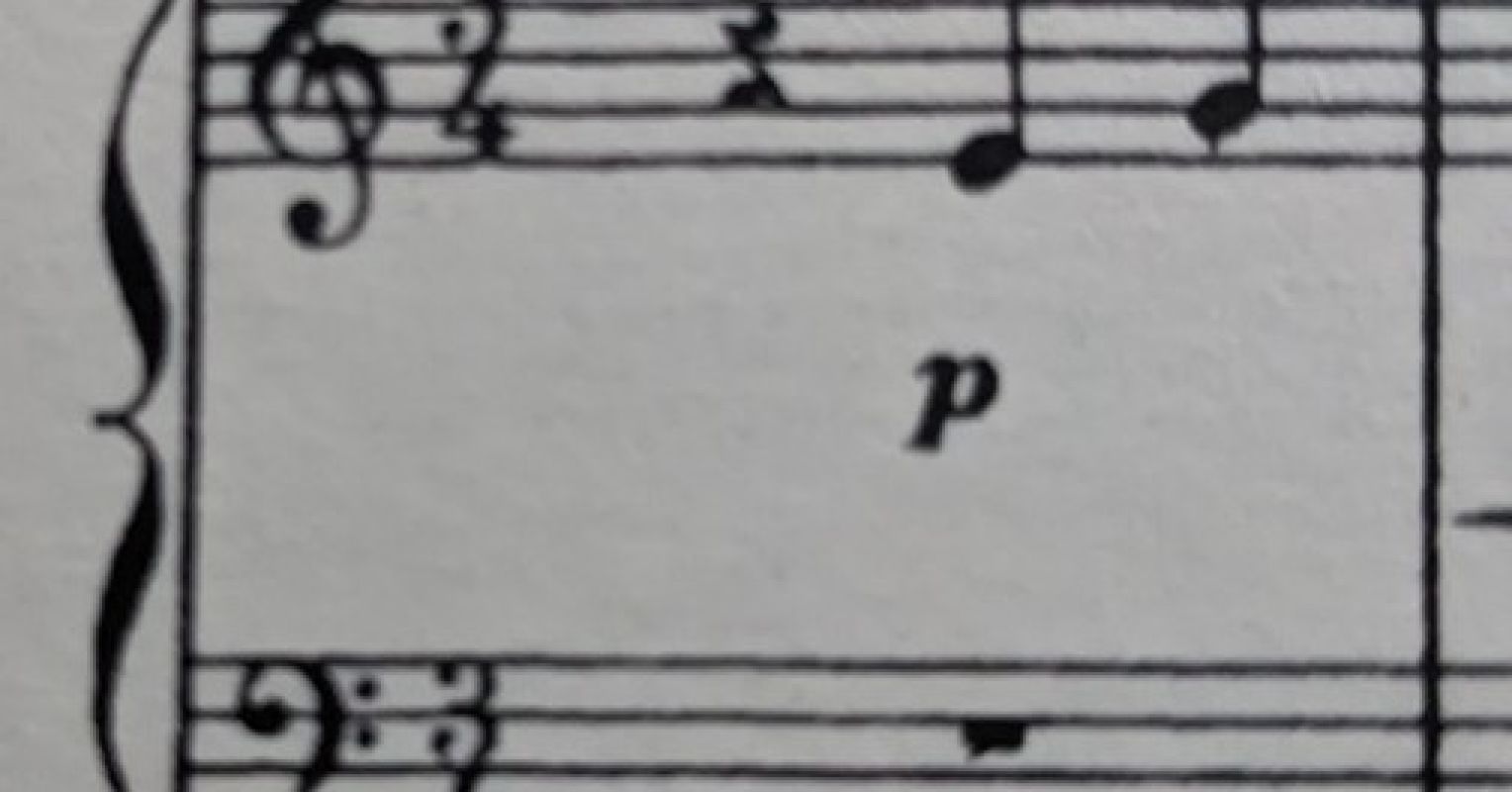
"What makes music unique, unlike other forms of expression or communication? I suspect most people could put together a personal list of several things. But among the most important have to be the ways music is wedded to time. Each note - even each rest - has a time value. Each measure has a time signature, the meter, and the repeating meter, measure after measure, contributes to the song's beat."
"Rhythm refers to the various components of a piece of music that pertain to time. Briefly stated, music adheres to conditions linked to time. The scientific way of saying this is: Music respects time constraints. How does this relate to the brain? The brain has internal rhythm generators that are active during repetitive movements, such as walking. These generators are located deep in the brain - particularly in areas known as the basal ganglia and brainstem - and work automatically,"
Rhythm is the collection of musical elements tied to time, including note values, rests, measures, meter, and the repeating beat that structures minutes of music. The human brain contains internal rhythm generators, especially in the basal ganglia and brainstem, that activate during repetitive movements like walking. Those neural systems enable matching of body movements to external rhythms and allow a musical beat to synchronize group movements and sustain collective attention on tasks. Many songs celebrate rhythm's role and variety. Rhythm's capacity to coordinate bodies and minds confers a strong evolutionary advantage for social coordination and shared activity.
Read at Psychology Today
Unable to calculate read time
Collection
[
|
...
]